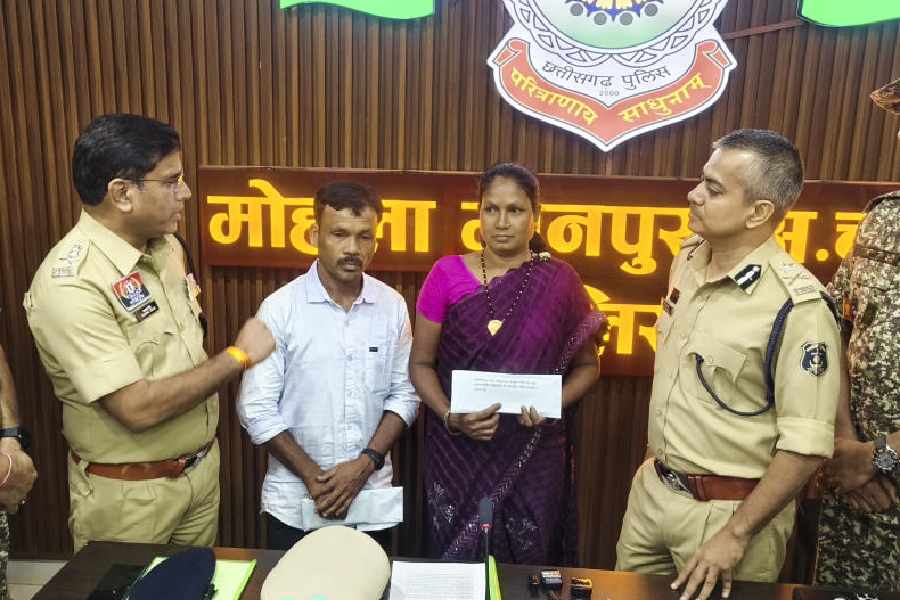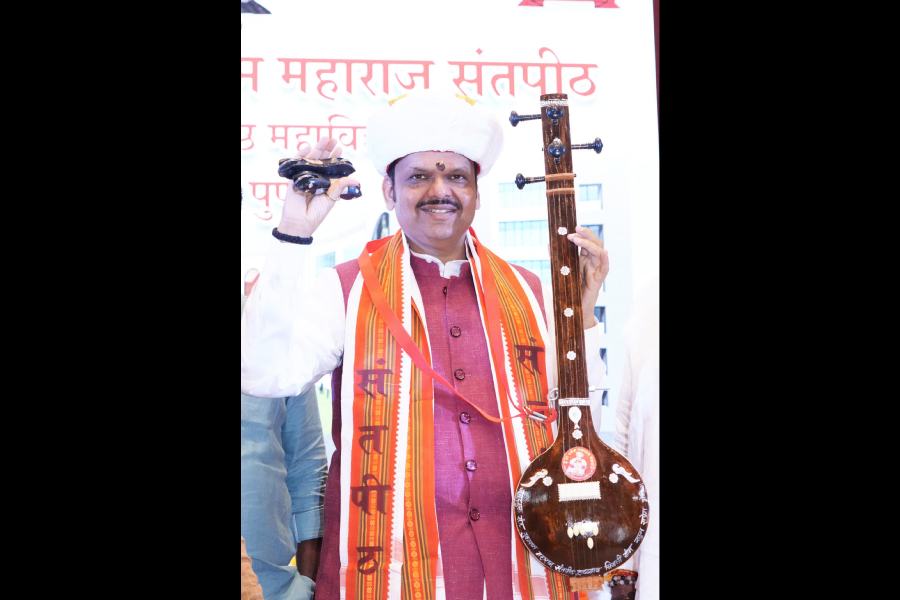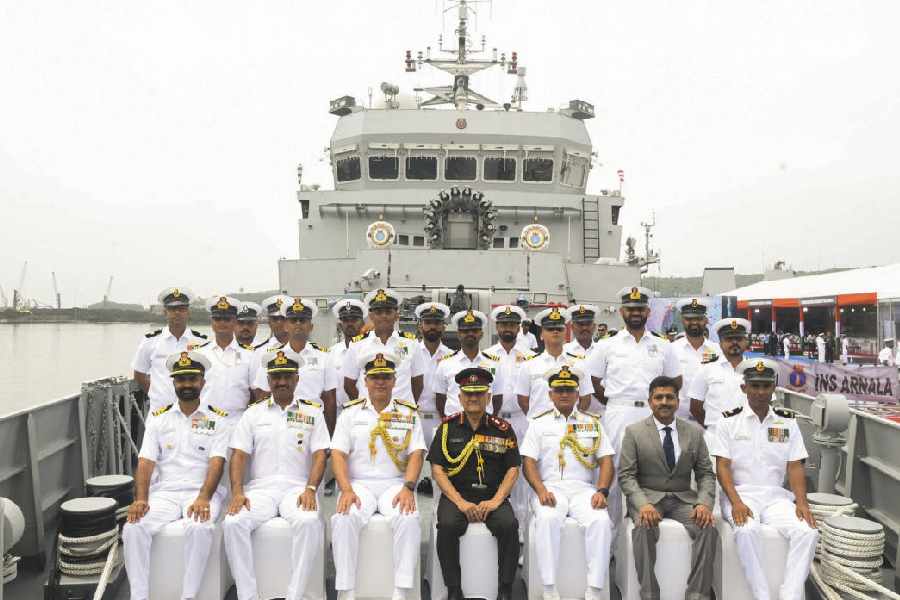THE PERIPHERYSTRIKES BACK: CHALLENGES TO THE NATION-STATE IN ASSAM AND NAGALAND
By Udayon Misra,
Indian Institute of Advanced Study, Rs 400
THE NAGA IMBROGLIO:
A PERSONAL PERSPECTIVE
By Charles Chasie,
Standard, Rs 225
Udayon Misra's new volume on the socio-historical and political factors behind secessionist insurgency in Assam and Nagaland is a comprehensive analysis of and a probe into the parameters of the ongoing conflict in the region.
The future of the Indian nation-state, the author feels, depends considerably on how it can resolve questions of ethnicity, nationalism and sovereignty thrown up by rebel movements in the Northeast.
Regarding his choice of states - Assam and Nagaland, (expanding the ambit of the work to include Manipur, Tripura and Arunachal would have provided a clearer picture), Misra explains, 'Assam's history is amongst the best-documented in the country and its transition from tribalism to feudalism well-traced. By contrast, Nagaland is a classic case of direct transition from tribal modes of production-relations to a market economy.'
Instead of merging these disparate trends, Misra sensibly begins with a look at the 'Phizo factor' by scrutinizing his political legacy and the subsequent split of the Naga National Council into the National Socialist Council of Nagaland. He metes out a similarly compelling treatment in the chapters on Assam.
Once the two states are introduced, comparisons invariably creep in, especially between the NNC and the United Liberation Front of Asom.
The Periphery Strikes Back effectively drives home the concept of 'a broadly-secular Indian nationalism' generated by the struggle for freedom, and the 'centrifugal tendencies based on regional, ethnic, linguistic and communal identities' which opposed it. Misra also delineates the agitation against foreigners with land-alienation as the grim backdrop.
The final chapter, 'Potent Causes and Unresolved Issues,' offers no solution to the myriad questions with which the book ends. A well-documented appendix and bibliography concludes another well-researched dissertation, interestingly interspersed with quotes, the only discordant note being the avoidable proofing errors.
It would be utterly unfair to juxtapose Charles Chasie's The Naga Imbroglio to Misra's work, but this is inevitable given their choice of subjects. In treatment, however, the books are vastly different. While Misra's is a scholarly style, Chasie's is more in the form of a monologue to fellow-Nagas. It is a delightfully unpretentious work, humble in tone but sincere in approach.
Most importantly, Chasie has had the courage to offer solutions and options that are likely to displease many. Chasie's is a tale told at random, captivating the reader with detail and wit, myth and history, an unflinching self-assessment tempered with an ounce of optimism. Those who realize the nuances of the Naga issue will admit it is an honest appraisal by any yardstick.
In his attempt to expose the 'moral-psychological underpinnings of nationalistic movement' Chasie is categorical that 'there could be no military solution to the Naga political problem.' Candid about their aspirations, he succinctly sums up the dilemma, 'While most Nagas want 'their way of life' and sympathize with the 'underground cause' they cannot abandon the overground political leaders. They also want peace and economic benefits. At the same time, they are fed up with extortions and the highhandedness of various underground factions. Neither can they reconcile to the 'fact' of becoming 'Indians' without having had a say.'
The works come at a time when the Naga issue is at a crucial phase. To be able to analyze an evolving and sensitive subject is not easy, but both Misra and Chasie have managed a remarkable degree of objectivity in dealing with a theme so dear to their hearts.
 Thursday, 19 June 2025
Thursday, 19 June 2025









